Officials Warn Spring Breakers Not to Touch Extraterrestrial-Looking Blue Creatures Washing Up on Texas Beaches
Strange creatures that truly look as though they’ve come from another world have landed in droves on the beaches of Texas.
But while local beach-goers may be tempted to pick up the tiny, blue, and mysterious animals, experts are warning everyone to ensure they do not touch them with bare skin.
What Are These Mystical Animals?
Scientists call them Glaucus atlanticus, but most people refer to these fascinating creatures as blue dragons or, sometimes, blue sea slugs. They typically live in the open ocean, far from the coast, and are carried around the world by currents.
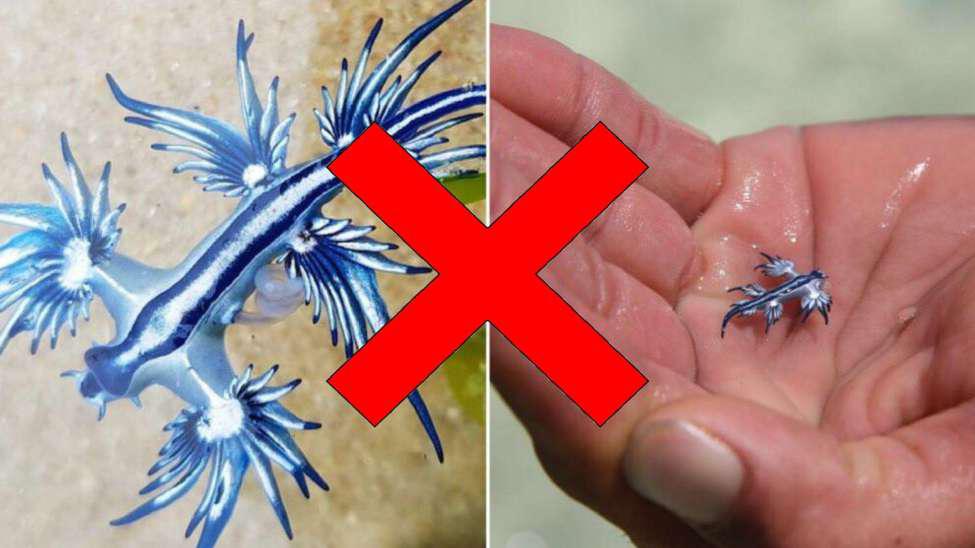
Source: Reddit
Blue dragons look like miniature winged dragons with three fins on each side and a long body that ends with an elongated tale. Of course, they are blue, but not just one shade of blue. Some are slightly darker in color than others, yet they all have several bright and faded shades of the iridescent hue.
Their Small Size Makes Them Seem Harmless
Some blue dragons can grow up to one inch in length, though the majority are much smaller. Their tiny stature makes it easy for curious humans to pick them up to get a closer look at their strange bodies and vibrant colors.
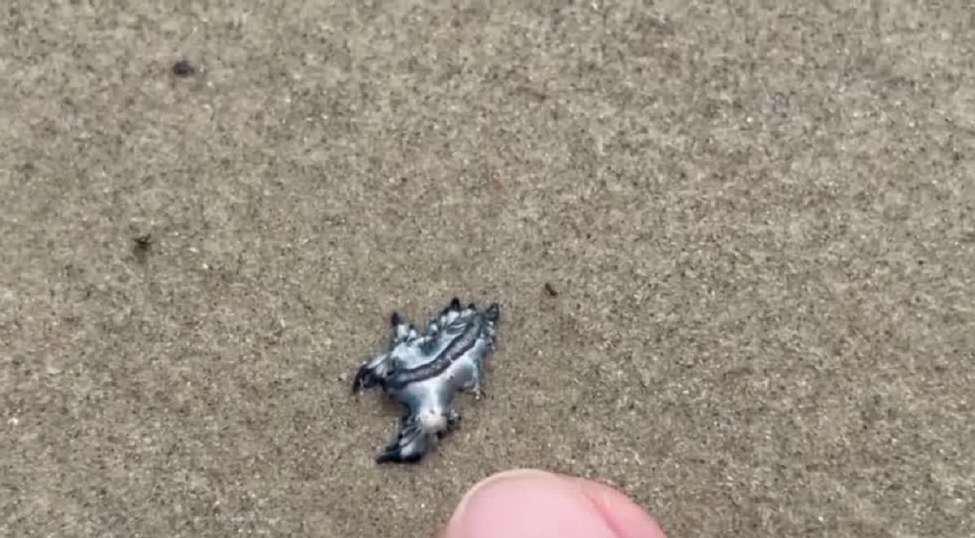
Source: @KRISNews/YouTube
But experts want people to understand that although they are small, these creatures are extremely dangerous.
Blue Dragons Are Filled With Man O’War Venom
With their almost microscopic mouths, blue dragons eat by taking bites out of Portuguese Man O’War jellyfish.
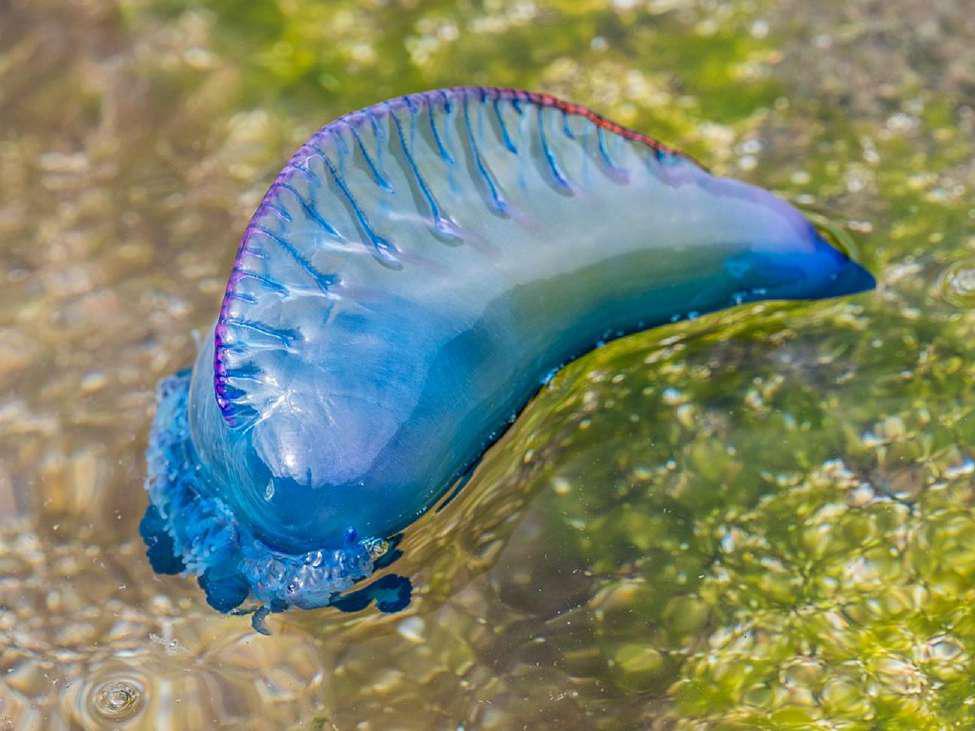
Source: Wikipedia
Then, they store this venom in their bodies until they need it to fight off a predator or when they feel threatened in some way.
How Can Blue Dragons Hurt Someone?
Of course, most humans who go to pick up a blue dragon from the sand don’t plan to hurt them, but the tiny slugs don’t know what. Therefore, whenever they feel the touch of a human, they almost immediately release some of the stored poison.
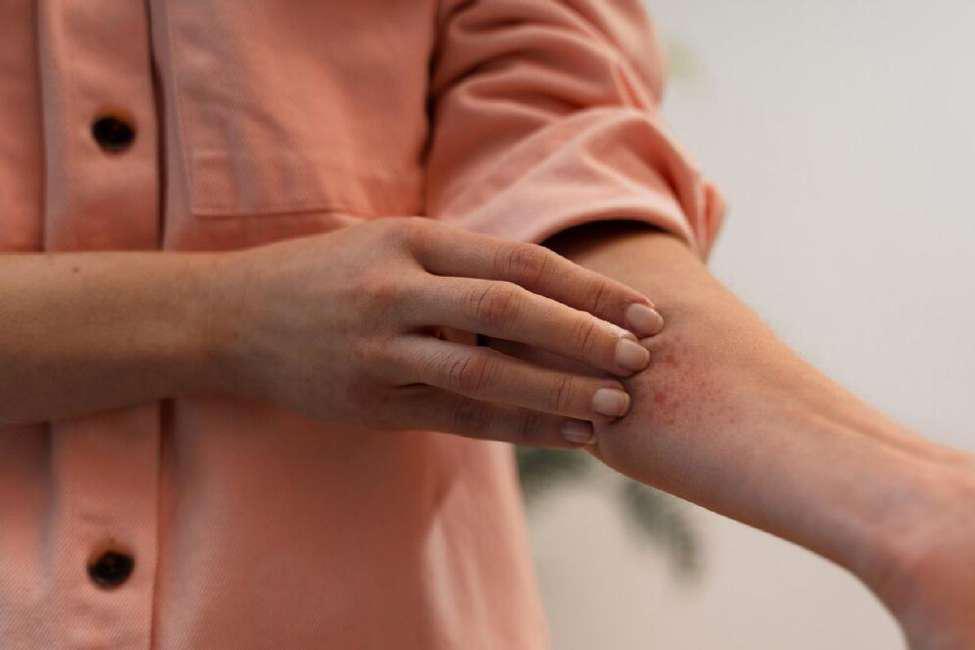
Source: Freepik
The pain of the sting may set in almost immediately or more slowly, depending on a person’s specific reaction. However, it’s not just the skin irritation that people need to worry about.
The Symptoms of Blue Dragon Venom
Several symptoms, including nausea, vomiting, and abdominal pain, could appear after being stung by a blue dragon.

Source: Freepik
Also, a severe allergic response and post-inflammatory hyperpigmentation are possible. According to Jace Tunnell, a marine biologist at Texas A&M University-Corpus Christi, “Everybody is going to react differently to the sting. Some people have a bad reaction to it.”
Blue Dragon Venom Can Lead to Hospitalization
In the very worst cases, some people who come in contact with blue dragons are hospitalized for their symptoms, often including extreme pain.

Source: Freepik
Marine biology student Julian Obayd told Inside Edition that getting several stings from blue dragons in Australia was the “most painful thing you can imagine.”
Blue Dragons Have Been Known to Make Their Way to Shore
Humans are usually quite safe from the dangers of blue dragons as they only live in the open ocean, miles away from swimming holes or coastal beaches. But every so often, they find their way to a sandy beach somewhere in the world.
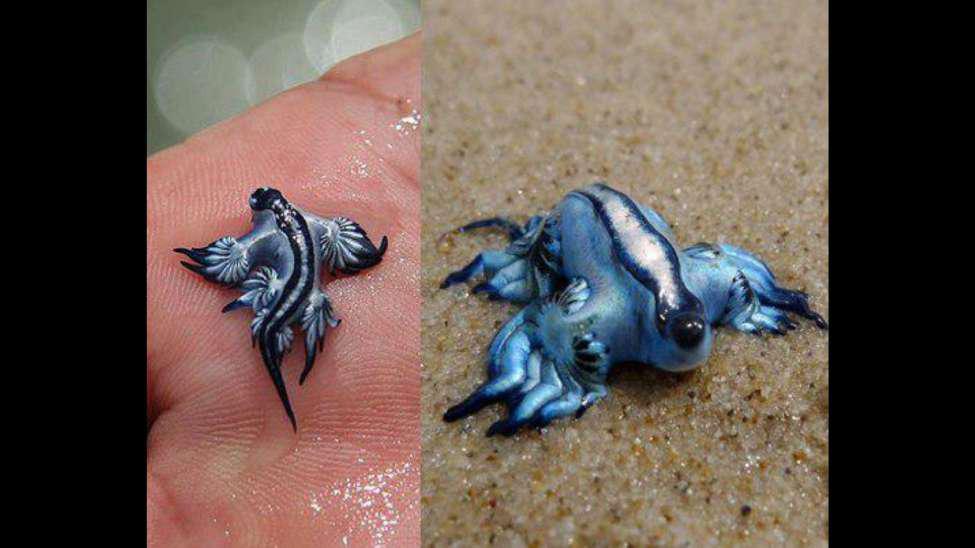
Source: Wikipedia
Because they float in the ocean’s currents, several hundred or even thousands of tiny creatures are sometimes pushed onto the shore by the waves. In 2023, they arrived on the shores of Thailand and Florida, and now, they’ve taken over yet another US state.
Texas Beaches Are the Most Recent Victims
Anyone who has visited a Texas beach in the past few weeks likely saw a blue dragon or two on the sand, though they may not have known what it was.

Source: @HarteResearchInstitute/Facebook
From the Gulf of Mexico, hundreds of these venomous creatures were simply left by the waves on the hot sand, ready to sting anyone who may try to touch them.
Texans Need to Be Careful for Now
Texas officials have released several announcements, warning residents and visitors alike to be especially careful on the beaches over the next few weeks.
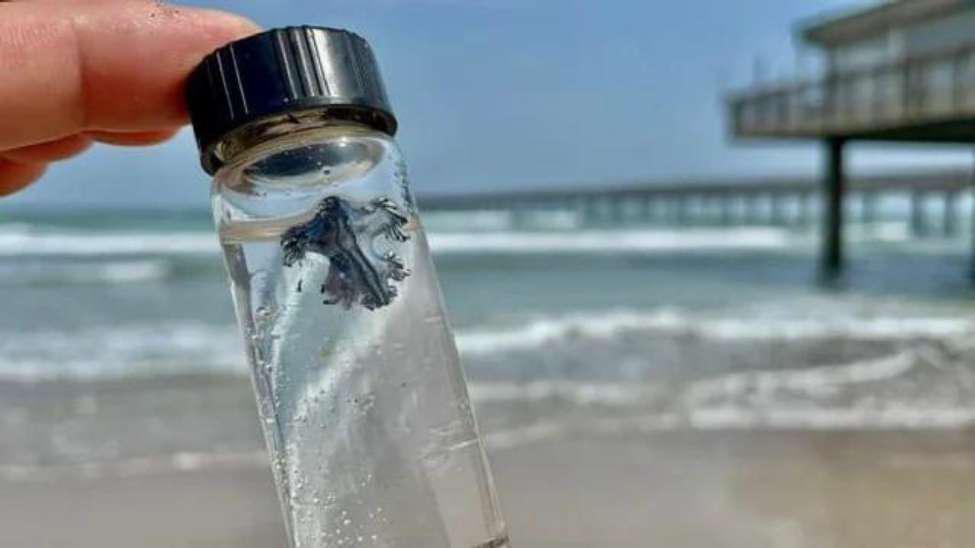
Source: Reddit
No one should ever purposely pick up a blue dragon, but if one accidentally does so or even steps on one while walking up the beach, there are several dos and don’ts to understand.
What Should You Do if Stung by a Blue Dragon?
According to Jace Tunnell, there are two big “don’ts” when it comes to blue dragon stings: Don’t pee on it, and don’t rub sand on it. While urine will help a jellyfish sting, it doesn’t do anything to blue dragon venom, and rubbing sand will just agitate the skin and intensify the pain.

Source: Adobe Stock
Instead, Tunnel says pouring hot water and vinegar on the skin that touched the tiny creature will help minimize or even eliminate the pain.
When in Doubt, Head to the Nearest Doctor
That being said, if the hot water and vinegar bath doesn’t help and either the pain is excruciating or other symptoms appear after touching a blue dragon, it’s always best to head to a local hospital right away.
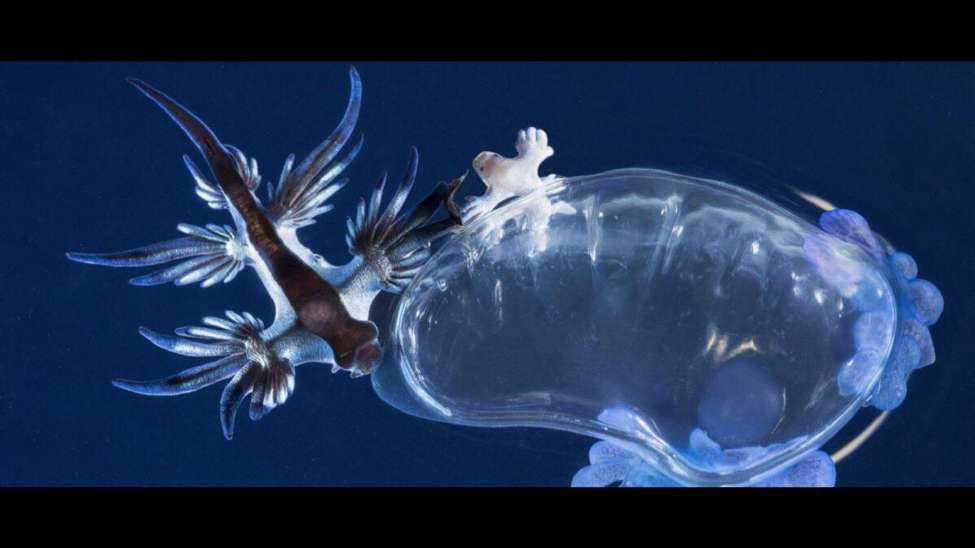
Source: Reddit
It is quite uncommon that blue dragon stings lead to larger problems, but it’s not impossible. And it’s always better to be safe than sorry.
